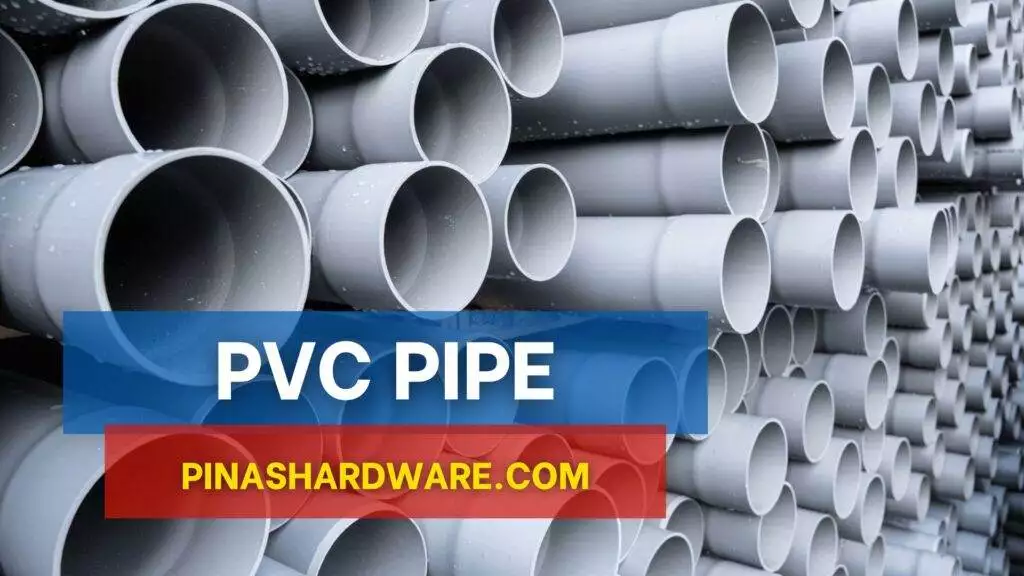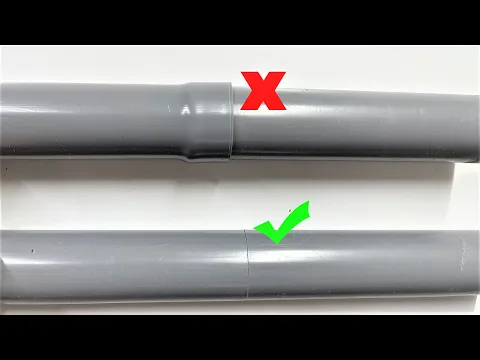The PVC pipe is a type of plumbing material that is made from a synthetic polymer material which makes it ideal for different plumbing and drainage applications. It is considered the best alternative to steel pipes due to its versatility, reliability, and lower cost, as well as its easier installation process which can prove advantageous in various plumbing applications. Additionally, these pipes are also available in various sizes and configurations which helps consumers to find the perfect material that can accommodate their different plumbing needs.
PVC Pipe Prices
PVC pipe prices can vary depending on the material and its diameter. On average, its price ranges from ₱76.22 to ₱589.16.
| Details | Diameters | Length | Price |
| PVC Pipes | 12.7mm | 3 meters | ₱76.22 |
| PVC Pipes | 19mm | 3 meters | ₱110.21 |
| PVC Pipes | 25.4mm | 3 meters | ₱143.17 |
| PVC Pipes | 38mm | 3 meters | ₱245.14 |
| PVC Pipes | 50mm | 3 meters | ₱234.84 |
| PVC Pipes | 63mm | 3 meters | ₱281.19 |
| PVC Pipes | 76mm | 3 meters | ₱469.68 |
| PVC Pipes | 89mm | 3 meters | ₱443.93 |
| PVC Pipes | 101mm | 3 meters | ₱589.16 |

Advantages of PVC Pipe
Corrosion Resistance – Due to their unique properties, PVC pipes are highly resistant to corrosion from acids, alkalis, and chemicals which makes them suitable for use in corrosive environments.
Lightweight – PVC pipes are suitable for various plumbing applications due to their lightweight nature which can help facilitate easier handling, transportation, and installation greatly contributing to reducing labor costs and improving project timelines.
Smooth Interior Surface – These pipes have a smooth interior surface that helps minimize the friction and resistance to fluid flow which can result in improved hydraulic efficiency and reduced energy consumption.
Durability – PVC pipes have a long lifespan, with an expected lifespan of 50 years or more if installed properly and under normal operating conditions.
Low Cost – In terms of cost, PVC pipes are cost-effective compared to other materials such as metal or concrete pipes which makes them an economical choice for both plumbing and drainage systems.
Versatility – These pipes come in various sizes, configurations, and pressure ratings which makes them versatile and usable for different applications such as water supply, drainage, irrigation, and electrical conduit.
Disadvantages of PVC Pipe
Temperature Sensitivity – When exposed to low temperatures, PVC pipes can become brittle, while high temperatures can cause them to soften, which makes their applications in areas with extreme temperature fluctuations limited.
Impact Resistance – PVC pipes are susceptible to damage from impact or pressure, as these can lead to cracks, fractures, or leaks, especially in exposed or high-traffic areas.
Environmental Concerns – The production, use, and disposal of PVC pipes can have environmental impacts, including the release of toxic chemicals during manufacturing and the generation of plastic waste.
Video about PVC Pipe
FAQs
What are PVC pipes used for?
PVC pipes are widely used in different kinds of projects such as plumbing, drainage, irrigation, and other fluid transport applications.
What size is a 4-inch PVC pipe?
A 4-inch PVC pipe has a nominal size representing its approximate inside diameter, which is around 4.029 inches while the outside diameter, including wall thickness, is approximately 4.50 inches, with a wall thickness of about 1/4 inch.
What are PVC pipes suitable for?
PVC pipes are suitable for a wide range of applications such as water distribution, drainage and sewer systems, irrigation systems, ventilations, and sometimes, electrical conduits.
Are PVC pipes good for water?
Yes, PVC pipes are suitable for transporting water and are widely used for water distribution systems in residential, commercial, and industrial applications.
Can you use PVC pipes for hot water?
PVC pipes can be used for hot water applications but it is important to select the appropriate type of pipe to use depending on the temperature and pressure ratings.


